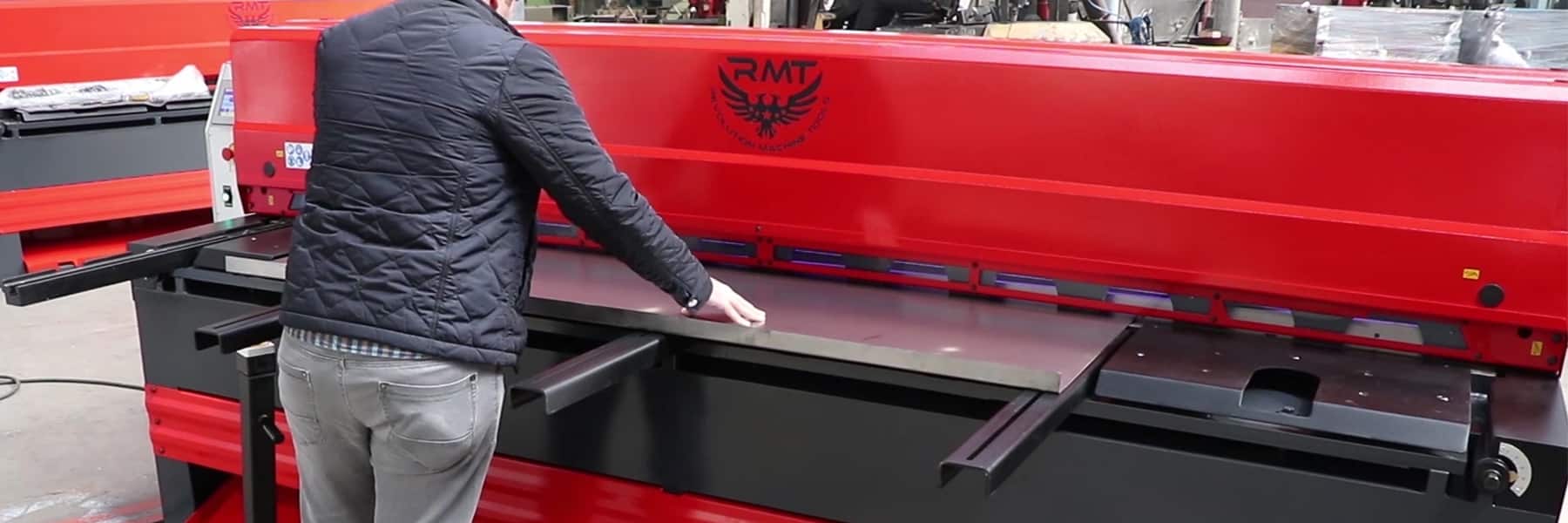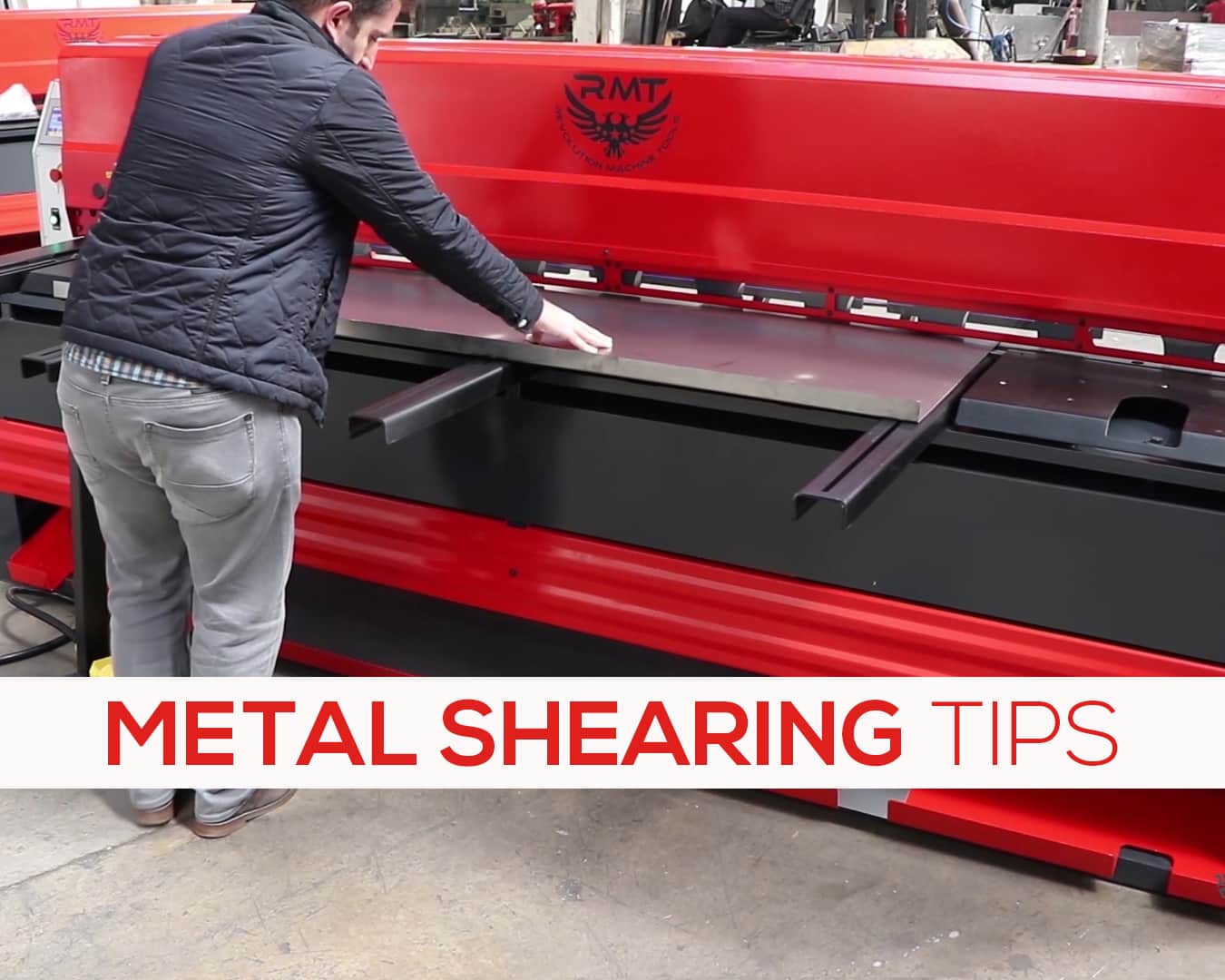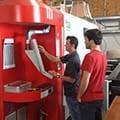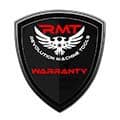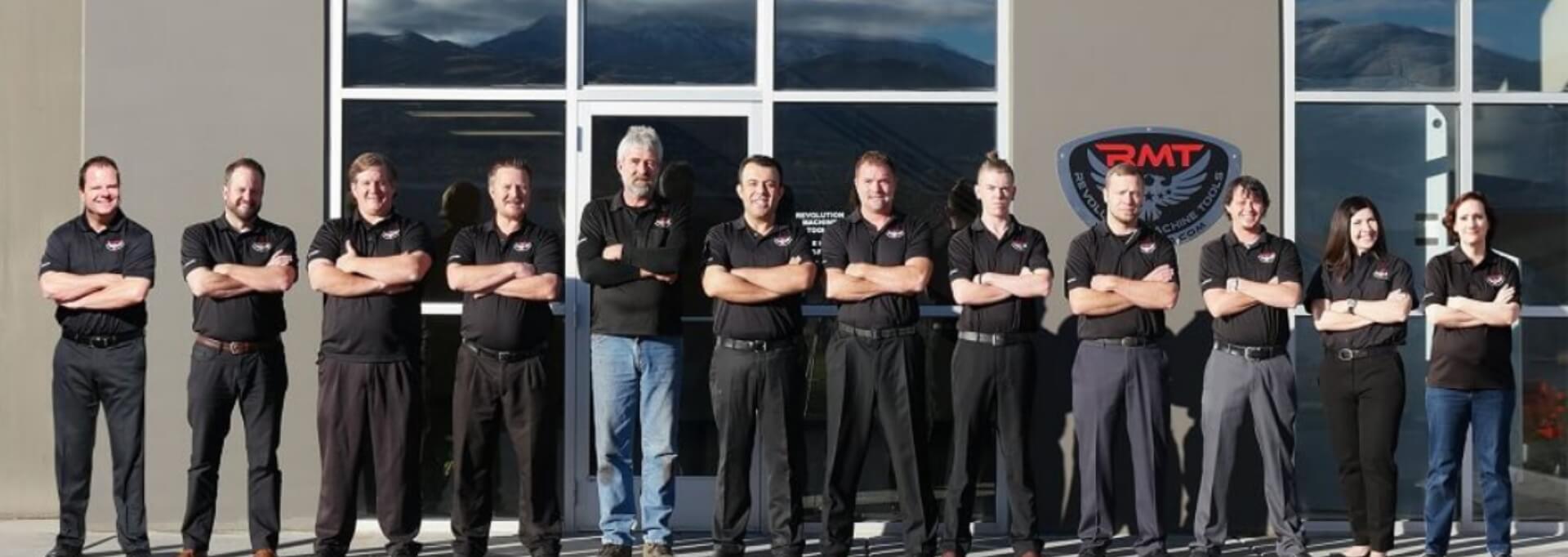“Shear” Determination
If a shop needs to trim plate or sheet metal to size, chances are likely they own a metal cutting shear. Metal shearing is the most efficient way to make a straight cut through flat stock. A small sheet metal operation may be able to get by with a slitter, while lasers, plasmas, waterjets, and other specialized types of cutters might be able to do the job, but nothing beats a good shear for regular flat metal cutting.
As with any piece of equipment used in a business, if owners and operators firmly determine from the start to make the most of their metal shear, they will experience greater productivity, increased uptime, and lower maintenance costs. Here are a few tips for consideration in that regard.
Get the Right Shear for the Job (and the Shop)
Good metal shearing begins with purchasing the right shear for not only the job at hand but also anticipated future jobs that will likely be taken on by the shop. Understanding the difference between a swing beam shear (that has a pivoting beam and upper blade) and a guillotine shear (that has a beam and upper blade that moves parallel to the bottom blade) is essential to determining what type of shear is best for an operation.
Not only is it important to buy a metal shear that is the right length to handle the jobs, but care must be taken to get one with enough power to shear the thicknesses and types of metals that will need to be cut. Also, if a shear’s capacity is rated on mild steel, its capacity will almost certainly be much less for other metals, like stainless steel. The number one cause of shear breakdowns is due to overloading a machine for a job it wasn’t designed to handle.
In addition, metal shears are available with several different drive systems, so recognizing their pros and cons is necessary to picking the perfect shear. The different types include:
- Stomp Shears. Also called foot shears, stomp shears are operated as the name implies: the operator stomps his or her foot on a treadle to force the blade down to make a cut. Ideal for a small start-up sheet metal shop, stomp shears can only work with short, light-gauge sheets of metal and will quickly tire an operator who runs one for more than brief stints.
- Air Shears. Also called pneumatic shears, air shears operate off either shop air or a separate air compressor. They are a step up from a stomp shear and work well for small sheet metal facilities.
- Flywheel Shears. While fast and powerful, old-style flywheel-powered mechanical shears are noisy and dangerous, as well as less accurate than more modern shearing machines.
- Mechanical Shears. Direct-drive mechanical shears are good for small to medium shops that only cut stock on occasion. The advantage they have over more powerful hydraulic shears is that they only use power during the cutting cycle, with the motor turning off when it is no longer running. They also don’t produce any hydraulic waste.
- Hydromechanical Shears. A cross between mechanical and hydraulic shears, hydromechanical shears are mechanical shears that are driven by a hydraulic motor or one or more hydraulic cylinders.
- Hydraulic Shears. With its hydraulic transmission, a hydraulic shear operates somewhat more smoothly and accurately than a mechanical one. Hydraulic shears are generally much more powerful than mechanical shears and usually feature an overload protection system that stops the cutting cycle when an obstruction is present or when the shear’s pressure is about to max out.
Consider Investing in Shear Options to Increase Productivity
While the features that are standard with any metal cutting shear allow it to function properly in a shop environment, budgeting a little extra to add optional features and accessories can significantly increase a fabricator’s productivity.
Some of the types of options to consider include:
- Arms. Support arms are used to prop up stock being loaded into a shear, while a squaring arm squares the sheet so that it will be cut at a 90° angle. Squaring and support arms can also include different types of stops used to gauge the material from the front.
- Back Gauges. Manual, powered, and programmable back gauges stop the inserted stock from going past a specific depth so the correct size of material can be cut.
- Lubrication Systems. Manual and automatic lube systems can lubricate specific points on the metal shear to keep it running smoothly.
- Material Handling Devices. Various types of devices can facilitate the movement of blanks, finished parts, and scrap to and from the shear. Some of these devices include ball transfers mounted in the machine’s table, front return units for use when a piece of stock needs subsequent cuts, conveyors, and stackers for parts or scrap.
- Stroke and Gap Adjustments. A stroke adjustment sets the length of the cut, while manual and powered blade gap adjustments allow the gap to be adjusted to accommodate different thicknesses and types of material.
Position the Shear Correctly
For a shear to operate optimally, where—and how—it is set up is important:
- Workflow. To have maximum productivity, the workflow of a shop must be considered when installing a shear in a facility. Likewise, material handling of raw stock and finished parts need to be carefully planned, and the traffic patterns of employees moving through the shop should be examined.
- Using a Pit. Large capacity shears may need to be placed in a pit cut into the floor for greatest stability.
- Leveling. The shear needs to be leveled, otherwise its very operation can twist its frame and other components and eventually ruin the machine.
- Vibration Isolation. Adding vibration isolation pads can decrease the vibrations of the shear during operation, which can reduce damage to the shear, its tooling and components, and the foundation it rests on. This is especially important for large shears that can’t be placed in a pit for some reason. Isolation pads can also decrease noise and even improve shearing speed.
Regular Inspection and Maintenance
Inspecting the various components and tooling of a shear on a regular basis and performing routine maintenance according to the schedule provided from the factory is necessary to minimize downtime and avoid hazards. Before every job, a basic inspection of the shear should be completed that includes examining the condition of the blades and hold downs and setting the back gauge and blade clearance for the specific job.
While the recommended maintenance listed in the machine’s manual should be the standard employed by shop workers, the following are some key areas to consider:
- Back Gauge. The condition of the back gauge should be inspected regularly, and its adjustment should be confirmed before each job.
- Blades. Blades should be frequently checked for chips, dents, dirt, or curvature, and should be rotated, sharpened, or replaced as needed.
- Clearances. Blade gap clearance should be adjusted for each job according to the manual and regularly inspected between jobs using the same clearance. Too little gap can jam the shear, while too much will make a poor cut. Gib clearance should also be checked frequently, as it is important for keeping the ram guided correctly and for increasing tooling life.
- Hold Downs. Frequently check hold downs to ensure that they are working properly and securely holding the workpiece, adjusting hold down pressure when needed. Optional pads can be added to the bottom of most hold downs to prevent the material from being marred during a metal shearing operation.
- Moving Parts. All moving parts should be regularly checked for wear and loss of motion. Mechanical and flywheel shears have additional moving parts that need to be inspected, such as bearings, clutches, and brakes.
- Rake Angle. The angle of the blade (called rake angle) can be adjusted on many shears to allow for thicker or harder materials to be cut. It should be inspected regularly and correctly set for each job.
- Systems. Hydraulic, air, electrical, and lubrication systems must be checked according to schedule, and filters need to be changed regularly.
When damage or problems are noted during an inspection of a shear, repairs or adjustments should be carried out immediately to avoid greater expense or downtime later as the conditions worsen.
All operators and service personnel should be required to read the machine’s manual through before they perform any operations or maintenance on the shear and rereading of the manual should be requested of all pertinent employees at least once a year. All inspections and maintenance listed in the manual should also be copied out to a schedule that can be posted on or near the machine to keep the procedures and their frequency on the minds of the shop staff.
Make Safety a Focus
While equipment downtime due to a problem is a concern for every shop, a far more serious situation exists when a machine sits idle due to an operator injury. Metal shearing safety should be foremost in the minds of all operators and their managers.
While keeping a shear well-maintained is a major step towards employee safety, some additional factors to consider include:
- Education and Training. All shear operators and shop workers need to be fully trained in their jobs before any work begins so that no one is surprised by any function of the shear during any type of operation.
- Guards and Safety Enhancements. All guards and other protections that come with the shear should be kept in place and their importance and purposes taught to all shop workers. Optional safety features, such as light curtains, should be considered at the time of purchase or possibly added later. Operators must not tamper with safety devices, such as increasing the open height of a finger protector. Mirrors (for viewing the rear of the machine), emergency stop buttons, warning lights, and other safety devices should be inspected regularly. All employees in the shop not involved in the shearing process should be trained to stay away from the machine when the warning lights are on, indicating that it is in operation.
- Lockout Procedures. Recommended lockout/tagout procedures should be performed every time the shear is being maintained or repaired, or when blades and other parts are being changed.
- Material Handling. Proper techniques for handling blanks being fed into a shear and parts and scrap coming out need to be discussed with all personnel that will deal with the material. Sufficient training must also be provided to any who will operate or work with any material handling equipment.
- Protective Clothing. Operators and those assisting need to wear tight, thick clothing and work boots during the operation, as well as use any recommended personal protective equipment (PPE) such as gloves, goggles, and hard hats. The responsibility rests with the employer to offer high-quality PPE to every member of their team who needs it.
- Safety Signage. Warning labels on the shear should be left alone and replaced if damaged. General safety signage should be posted around the shop, especially those that are OSHA mandated.
- Work Area. The work area around the shear should be kept clean and well-lit so that nothing will distract, interfere with, or otherwise hinder the operator.
Ask an Expert
A great way to learn metal shearing tips for greater productivity is to ask someone who is familiar with shears and their operation. Befriending an operator at another shop might result in some shared tips and joining an online group of metalworkers can be a great way to learn and impart new techniques.
Likewise, conferring with someone like the machinery consultants at Revolution Machine Tools can generate some ideas for shearing procedures and add-ons to make metal shearing go easier. The sales and service staff at RMT is always available to provide fabricators with pointers, so give Revolution Machine Tools a call today and learn how you can be even more productive in your shearing and other metalworking.
